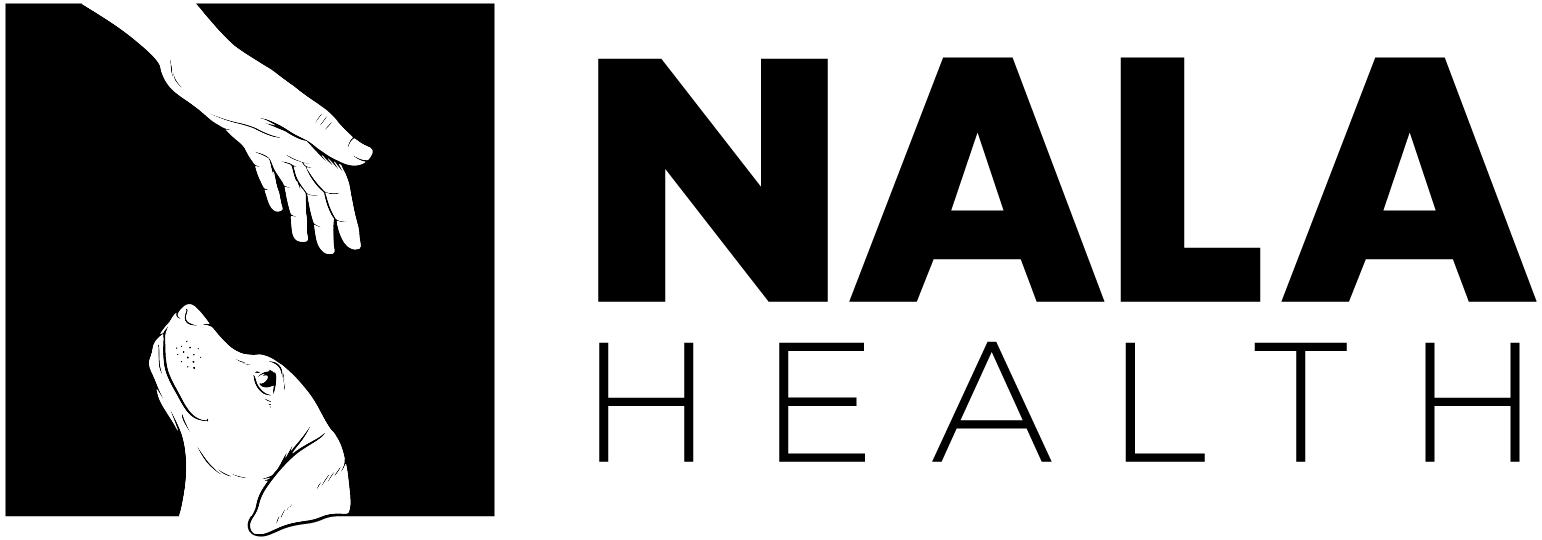How mental health impacts your dog’s behaviour
 Cecilie Hemsen Berg
Cecilie Hemsen Berg
Cognitive/mental health in dogs relates to the wellness of their brain and mind, influenced by factors like diet, training, age, surroundings, breed, and genetics. A dog’s daily activities and mental health are interconnected, with their cognitive well-being also affecting their behaviour. Essentially, a dog with good cognitive health is likely to exhibit good behaviour. The challenge is finding ways to promote this healthy mental state and, consequently, desired behaviour. Learn how in this blog.
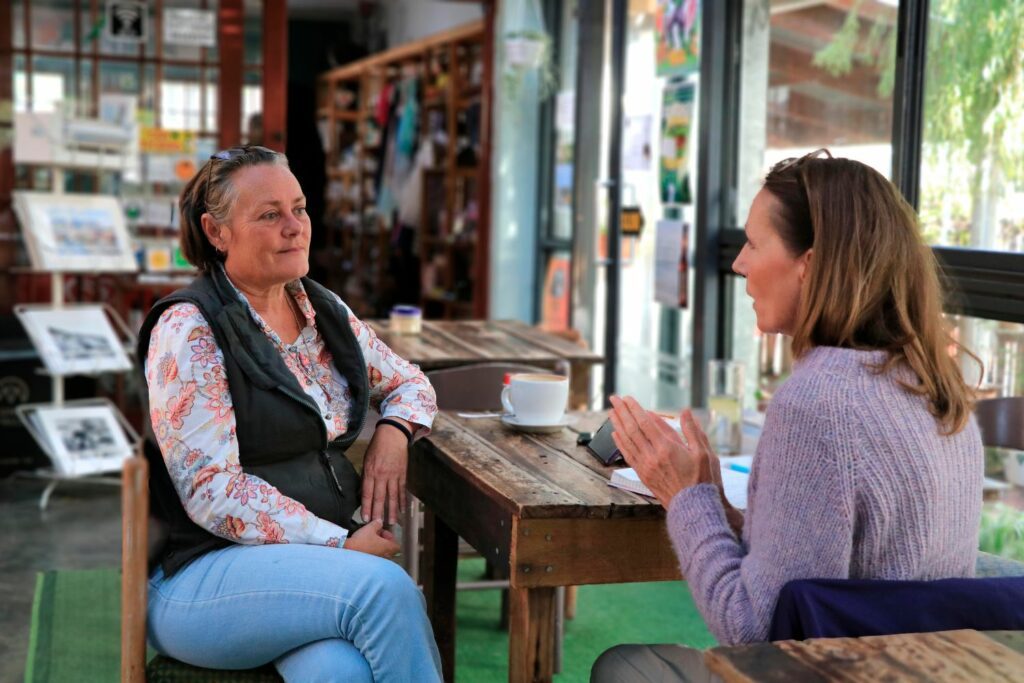
Based on discussions with animal behaviourist Lucille Hepburn from Holistic Animal Behavior in Hout Bay. Lucille is certified through COAPE. Her motto is “Set your dog and yourself up for success. When we know better, we do better”. She focuses on activating the positive cognitive system to reinforce constructive and good behaviour. As dog parents, it is our responsibility to understand, motivate and strengthen what releases our dogs’ good feelings and wanted behaviour.
Breeds and mental needs
A dog’s personality and needs is shaped by their breed, how they’re raised, and their genes. When choosing a dog, it is therefore important to pick a breed that fits your lifestyle and personality. This will set you up for success to provide the dog with what they need to live a happy and balanced life and prevent behavioural and mental issues.
Lucille is often faced with dogs who have been labelled “aggressive”, “hyperactive” or “untrainable”. However, more often than not the root of the issue lies with the owner and not the dog. People tend to get dogs based on their appearance and not their personality. This can result in the dog not getting the exercise, training or play it needs to function properly, ending up as a misbehaved dog. Before labelling a dog with a behavioural issue, we need to ask what that dog’s day looks like. What activities does he/she do? What nutrition is he/she getting? Is his/her Hedonic Budget in balance?
Take the Border Collie as an example: bred for herding sheep, they naturally exhibit traits like chasing, stalking, and nipping, which are beneficial in a herding context. Proper training and exercise are crucial to channel these traits positively, preventing undesirable behaviours like nipping and chasing people due to unfulfilled needs.
The American Kennel Club categorizes breeds into 7 groups, each with different traits and daily needs:
1. Sporting Group
- Exercise: Regular, vigorous exercise, such as retrieving games, swimming, and running (e.g. Labrador Retriever).
- Play: Enjoy interactive games like fetch and activities that involve water.
2. Herding Group
- Exercise: Considerable daily exercise, including herding exercises, agility training, and running (e.g Border Collie).
- Play: Enjoy puzzles, agility sports, and activities that utilize their herding instincts, such as “treibball” (urban herding).
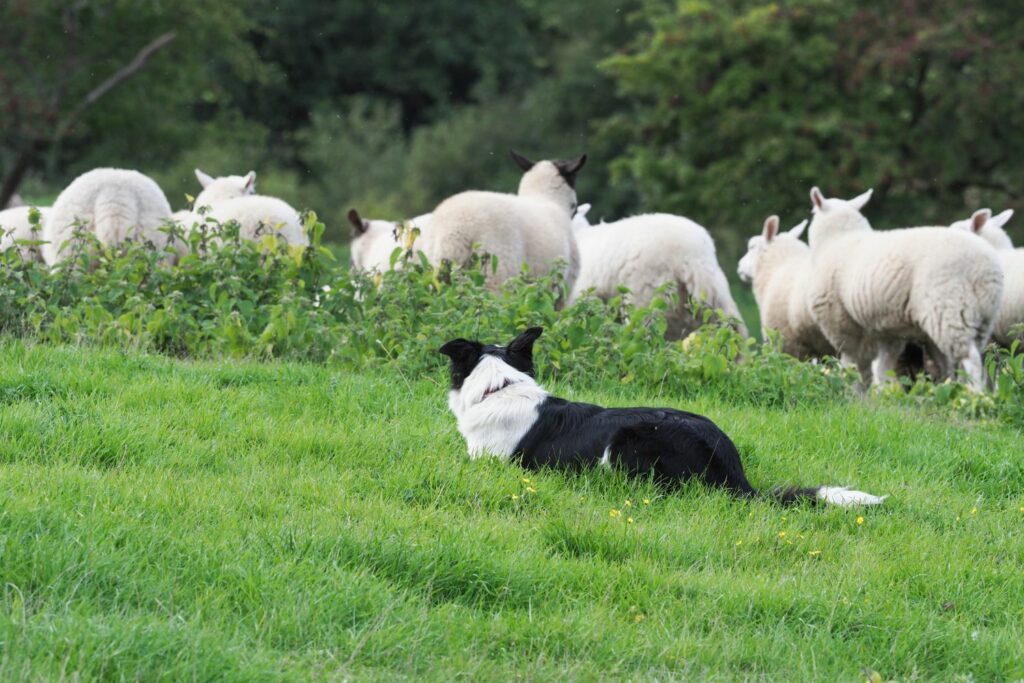
3. Hound Group
- Exercise: Varied depending on size/type (e.g., long walks for Greyhounds, more vigorous exercise for Beagles).
- Play: Scent-based games, chasing toys, and activities that allow them to utilize their tracking abilities.
4. Working Group
- Exercise: Robust exercise routines, including long walks, running, and strength training activities (e.g Siberian Husky).
- Play: Enrichment toys that challenge their mind, pulling games, and protective games.
5. Terrier Group
- Exercise: High-energy exercise, like chasing, digging, and running (e.g Jack Russell).
- Play: Games that simulate burrowing (like digging games), chasing toys, and tug-of-war.
6. Toy Group
- Exercise: Moderate exercise such as short walks and brief play sessions (e.g Chihuahua).
- Play: Small, lightweight toys for fetch, gentle tug-of-war, and social interactions.
7. Non-Sporting Group
- Exercise: Varies widely due to diverse breeds, ranging from low (Bulldogs) to high (Dalmatians) exercise needs.
- Play: Activities should be tailored to the breed, from relaxed interactions for low-energy breeds to more dynamic play for energetic ones.
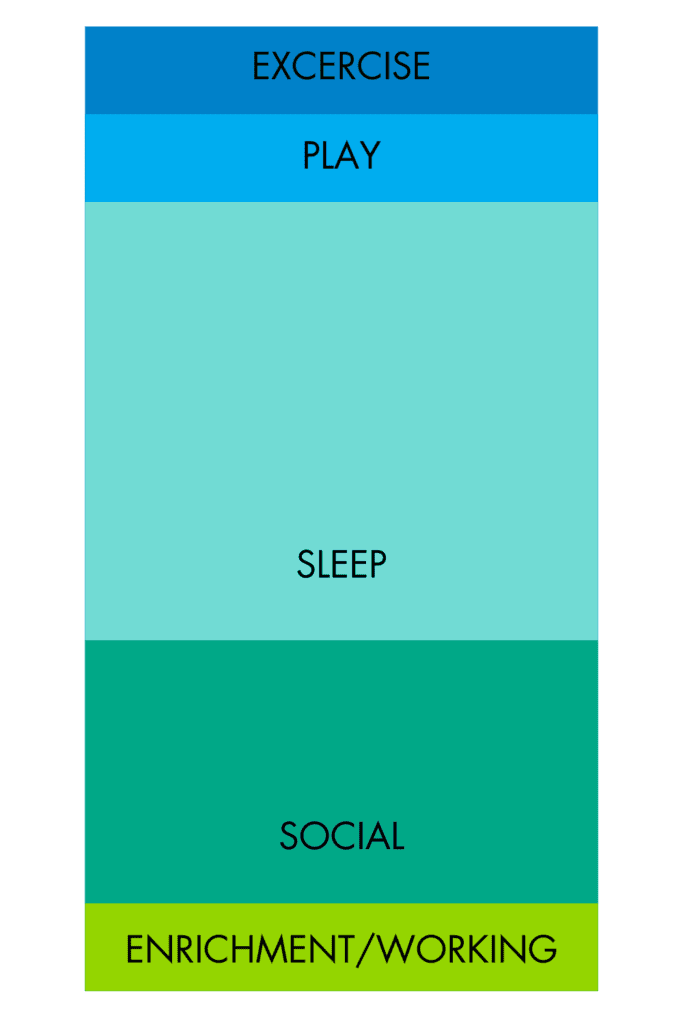
Balance the Hedonic Budget
The “Hedonic Budget” encompasses all the activities and time allocated to ensure your dog’s daily happiness (exercise, play, sleep, social and enrichment). It aims to balance activities that evoke positive mental (cognitive) and happy (hedonia) states in your dog. Achieving consistent happiness and well-being for your pup requires maintaining a balanced Hedonic Budget daily. A common misconception is that only providing physical exercise and food fulfils all of a dog’s needs. An unbalanced Hedonic Budget may culminate in undesired behaviors, arising from boredom and insufficient stimulation.
By fulfilling the Hedonistic Budget you activate different systems in your dog’s brain, which releases hormones that are good for mental health:
1. The Seeking System
The seeking system in dogs involves exploration and discovering new things, which makes them feel good thanks to a chemical called dopamine. A fun example of encouraging this is by scatter-feeding them – tossing kibble on the lawn for them to find!
2. The Play System
Playing makes your dog feel great and even supports their brain’s ability to learn and adapt, thanks to the release of certain “happy” chemicals. Play is not just fun but also crucial for their mental health and behavior.
3. The Care System
The care system is all about love and, well, care! When you and your dog show affection towards each other, like through cuddles or grooming, it releases a feel-good hormone called oxytocin. Simply put, spending loving, close time with your dog activates this.
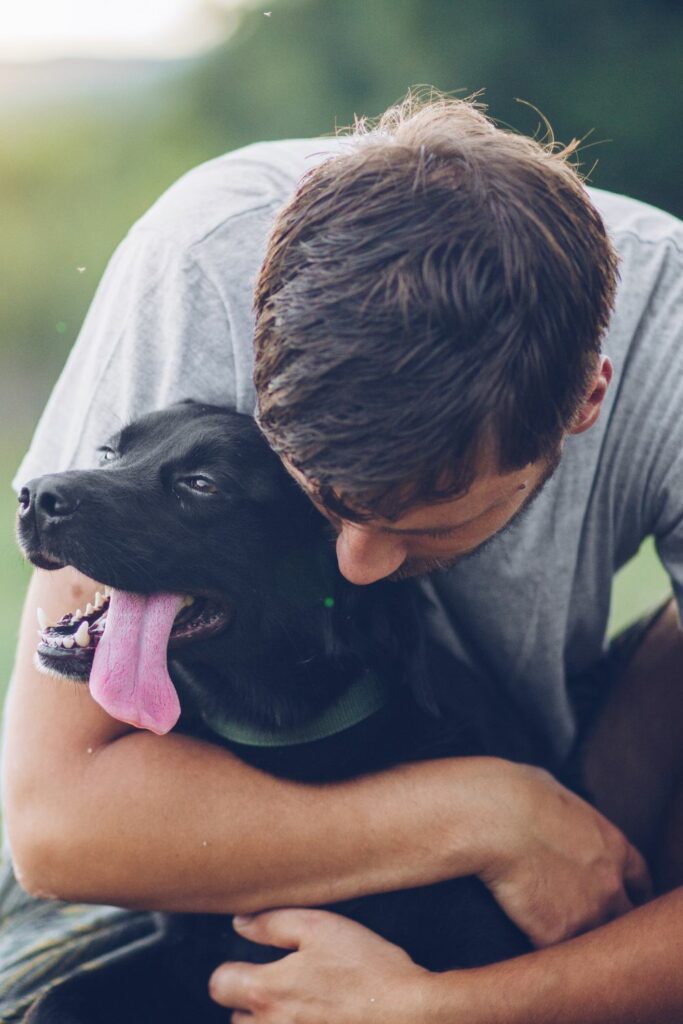
Each dog will have different Hedonistic Budgets and this depends on both their breed and their individual personalities. Going back to the Border Collie, if he/she gets a lot of exercise, but no play or enrichment, they will develop behavioural issues like nipping at your feet etc. This is because their Hedonistic Budget is unbalanced and they are unsatisfied. It is important to remember that there can be a lot of individual variation within a breed.
Behavioural issues in dogs
Behavioural problems in dogs, like hyperactivity or aggression, often point to issues with their mental health. Dogs show strong emotions—like excitement or fear—in response to certain triggers, which can affect their behaviour. For instance, some dogs might get overly excited seeing other dogs or squirrels, and if they get too excited, they might not behave well because they can’t think clearly.

“Dogs are emotional beings, motivated by pleasure, enjoyment and fun”.
Lucille Hepburn
Various factors, like lack of proper training, not meeting their happiness needs (their “Hedonic Budget”), or past bad experiences, can cause a dog to react excessively in certain situations. Emotional and physical health is intertwined with behaviour, and it’s complex. To study animal emotions, Panksepp’s theory categorizes emotions into positive (care, lust, desire, play) and negative (fear, rage, panic, pain) types, influencing behaviours. Ideally, we want to boost positive emotional systems to encourage good behaviour and minimize negative ones to avoid undesirable actions.
Boost brain health during each life stage
a. Puppies: Building a positive mindset early
80% of the puppy’s brain is developed within the first 16 weeks and the initial 12 weeks of a puppy’s life are crucial for shaping their behavior and building confidence through socialisation and various positive experiences. Engage in consistent, patient training and problem-solving activities to enhance their cognitive bias positively. Expose your puppy to people of different ages, different surfaces (grass, sand, soil, tiles etc.), smells, sounds (vacuum cleaner, fireworks, thunder, cars etc.) and environments (cafés, car rides, dog parks, the beach etc.).
Cognitive bias is like a mental shortcut that our brains take when making decisions or judgments. Imagine the brain is like a supercomputer, but sometimes, to save time or energy, it uses a simplified way of thinking. This might lead to judgments or choices that are not always the most accurate or fair. In the context of dogs, cognitive bias might affect how they respond to different situations, such as being curious and playful (an optimistic bias) or being cautious and avoiding (a pessimistic bias), based on their personality, previous experiences and learning.
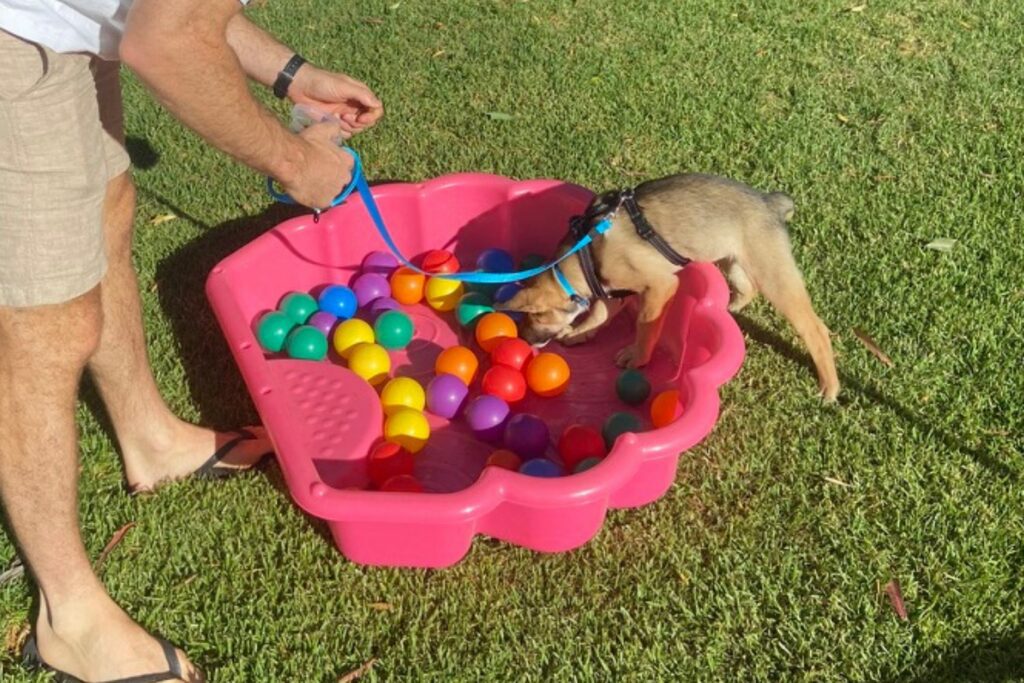
The right mix of activities—exercise, play, and brain stimulation—tailored to their cognitive bias (optimistic or pessimistic) is fundamental. Also, ensure you’re tapping into your puppy’s cognitive tendencies by observing their reactions to new experiences, such as interacting with a new toy.
b. Adolecence: Navigate through hormonal changes
Dogs aged 8-18 months undergo hormonal changes and may exhibit new fears. Persist with tailored training sessions and maintain a balanced Hedonic Budget—ensuring your adolescent dog gets ample exercise, play, and mental stimulation amidst necessary care and diet. This avoids them becoming an anxious adult dog, curbing tendencies towards behavioral disorders like OCD.
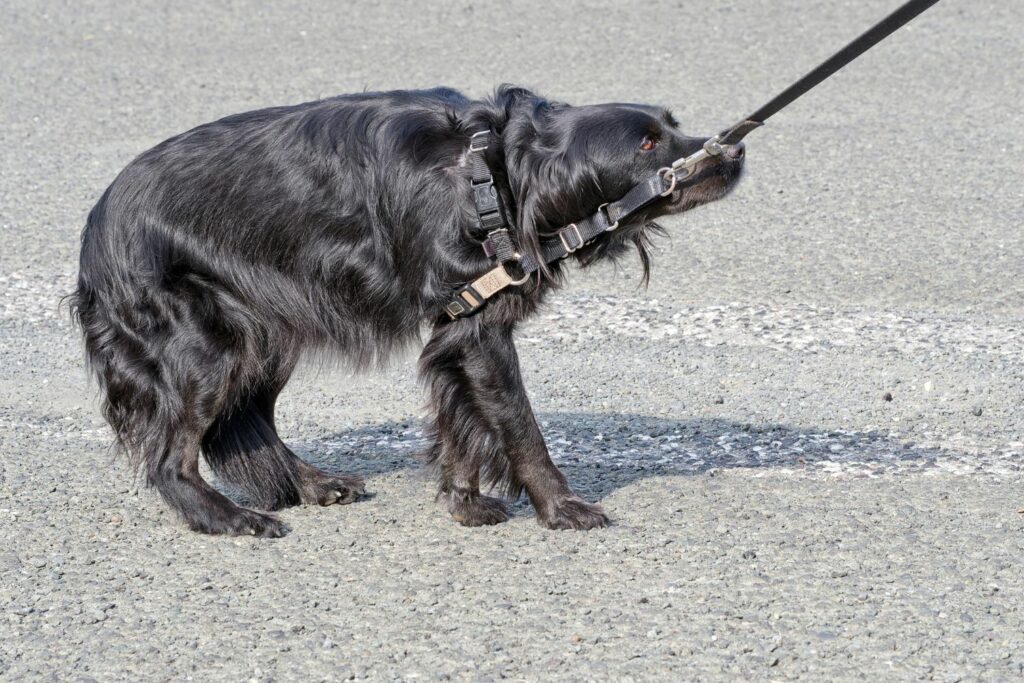
For example, if you have an anxious dog and all you do is take it for a run every day, you will end up having a fit, anxious dog. Your dog might develop stereotypical behavioural OCD (obsessive-compulsive disorder). This would easily be resolved if The Hedonic Budget was in balance. One could include moderate agility exercise and brain work.
c. Adult dogs: keeping them engaged and happy
Fulfilling your dog’s needs is equally important for your adult dog. A dog left for 10-12 hours a day with zero stimulation will be bored out of his mind and bored dogs tend to look for ways to entertain themselves, often in ways we deem as negative (think chewing, barking, digging etc).
Curb boredom: 10 minutes of brain work will tire our dog far more than 1 hour of exercise. Brain work stimulates problem-solving, which can be something as simple as putting a treat in the toilet core, hiding it in the garden and telling your dog to find it. You can also roll up treats in an old towel and let your dog sniff and scratch to find the treats. Another option is to fill a Kong with a mixture of liver pate, plain yoghurt and kibble, freeze it and give it to your dog.
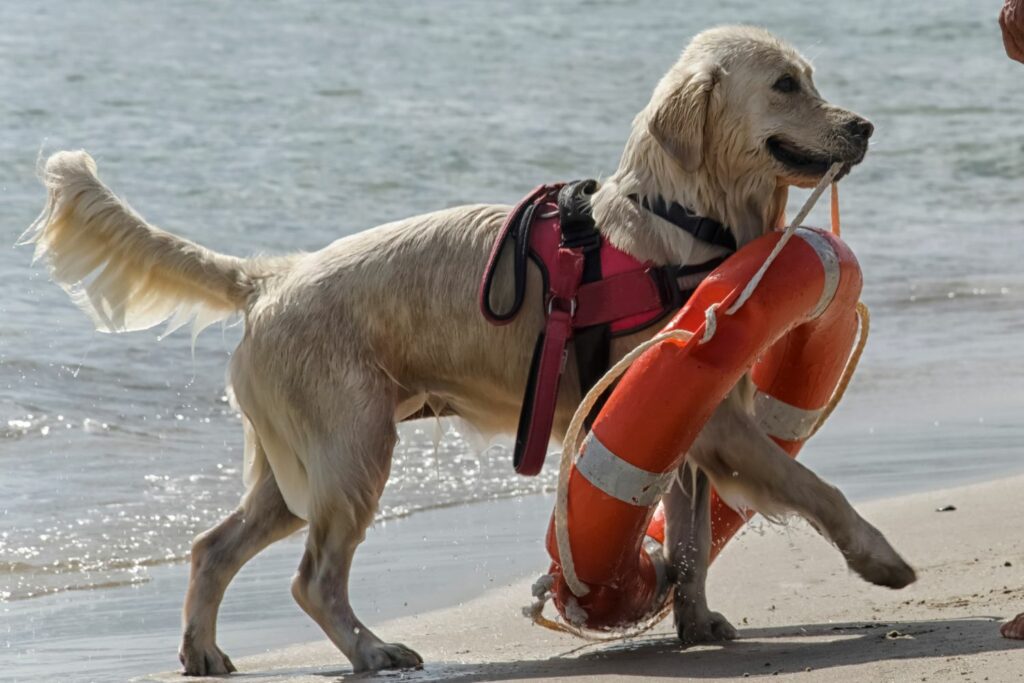
A Border Collie might thoroughly enjoy a toy that features hidden treats beneath lids, challenging them to discover how to unveil the tasty rewards. For breeds like Pit Bulls, where chewing is a vital activity, treats like Achilles tendons can be particularly satisfying. Engaging in various activities like chase and fetch games, on-lead exercises, and forage and sniff adventures offer multifaceted stimulation.
Incorporating simple yet confidence-building activities into their routine—such as encouraging your dog to navigate through hoops, climb into a box, or investigate objects to find hidden food—can cultivate positive expectations. These activities gradually teach them that exploring new scenarios can lead to rewarding outcomes, thus developing a reassuring approach towards unfamiliar situations.
d. Senior dogs: ensuring a comfortable retirement
From the age of about 7 years, it is time for our dog to enjoy their retirement. Their cognitive ability might slow down, which affects many aspects of their lives. Some older dogs can become more anxious, confused or irritable due to loss of smell, sight and memory. Older dogs can also become incontinent, and develop similar symptoms as Alzheimer’s.
Exercise – Physical exercise has been proven to not only help keep our dog physically healthy, but it will also benefit brain health. It can also help grow brain cells. Adjust physical activities to fit your dogs’ health. Be mindful that their joints may be sore and adjust accordingly. Short walks in new areas are a great way to keep things interesting and stimulate the seeking system.

Brain work and play time – Play hide and seek with their favourite treat, toy or even you. Hide a treat under a cup and let them find it. Once your dog figures out how to knock over the cup you can introduce additional cups as decoys to increase the difficulty level. Playing fetch in the garden, a gentle tug-of-war game or freezing treats on a lick-mat are also great ways to activate the play and seeking system.
Want to learn more about the subject?
If you want to learn more about this important subject, Lucille recommends Karen Pienaar’s book “Mood Matters”. Karen has been working in the field of animal behaviour therapy since 1997. Her book is a must for every pet parent interested in understanding, preventing and successfully resolving unwanted behaviour in their companion animal.
We have also written a blog on cognitive health and nutrition if you want to learn how diet can affect your dog’s brain health.
